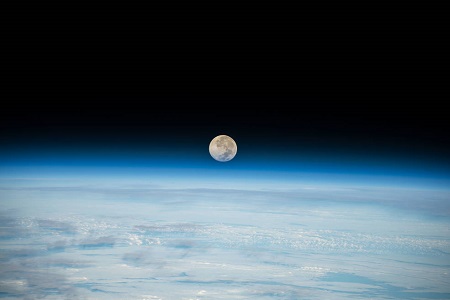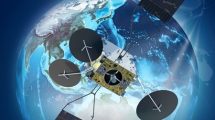
NASA has allocated close to $1.5m to academic, non-profit, and business entities to propel cutting-edge technology crucial for the agency’s lunar return under Artemis and forthcoming Mars expeditions.
Under NASA’s Dual-Use Technology Development Cooperative Agreement Notices (CANs), 21 organisations will undertake 24 projects aimed at pioneering innovative solutions. These awardees will also receive guidance from propulsion, space transportation, and science experts at NASA’s Marshall Space Flight Center in Huntsville, Alabama.
Daniel O’Neil, Manager of NASA Marshall’s Technology Development Dual-Use CAN Programme, said: “The Dual-Use Technology Development Cooperative Agreement Notice enables NASA to collaboratively work with US industry and academia to develop needed technologies. Products from these cooperative agreements support the closure of identified technology gaps and enable the development of components and systems for NASA’s Moon to Mars architecture.”
Among the diverse array of projects are proposals for utilising lunar regolith for construction on the Moon’s surface, employing smartphone video guidance sensors to navigate robots on the International Space Station, exploring novel battery materials, and enhancing neutrino particle detection capabilities.
Leading academic institutions such as the Florida Institute of Technology, Northwestern University, and the University of Alabama secured funding for multiple projects, underscoring their pivotal role in advancing space exploration technology.
The funding opportunity targeted organisations dedicated to fostering entrepreneurial research and innovation, aiming to bolster the commercial space sector while serving the objectives of future NASA missions.
The 2024 solicitation cycle is now open for applications, inviting further contributions to propel technological advancements vital for the future of space exploration.












Add Comment